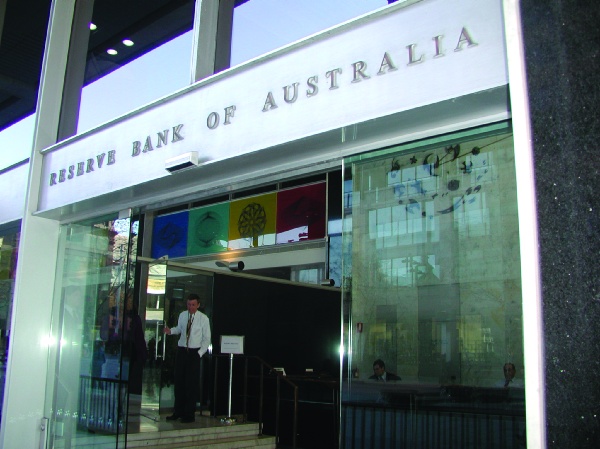

By
The risks to financial institutions and stability from household mortgage stress are not acute at the moment, said RBA assistant governor Michele Bullock yesterday.
Citing data from surveys of Household, Income and Labour Dynamics in Australia (HILDA) and the Survey of Income and Housing (SIH), Bullock said that while debt levels are relatively high, and there are owner-occupier households under some financial stress, this group is not growing rapidly.
Although the HILDA survey suggests the median housing debt-to-income ratio has risen over the past decade to around 250% in 2016, the median ratio of mortgage repayments to income has remained stable at around 20% in the same year, she noted.
Speaking at a lending summit in Sydney, Bullock said that 75% of households with owner-occupier debt had mortgage payments of 30% or less of income – a rough indicator of the limit for a sustainable level of mortgage repayments.
“This suggests that, as recently as 2016, mortgage repayments were not at levels that would indicate an unusual or high level of financial stress for most owner-occupiers.”
Bullock’s remarks run counter to surveys and figures cited by analysts and observers who have recently raised the alarm about increasing mortgage stress among Australian households.
Data from Digital Finance Analytics, for example, showed that 921,000 households -- or 29.7% of households -- were estimated to be under mortgage stress in December 2017, up from the previous month's 913,000. The company's regional analysis showed that NSW had the highest number of households under mortgage stress, which rose from 251,576 in November to 258,572 in December.
CommSec senior economist Ryan Felsman said the RBA seems comfortable with the rebalancing of the housing market and the overall level of household debt.
Bullock said the historically high levels of mortgage debt raises questions about the resilience of household balance sheets to changes and the financial system’s ability to absorb a widespread rise in household financial stress.
But while there are some pockets of financial stress, the overall level of stress among mortgaged households remains “relatively low”.
Bullock also pointed to the strong banking system, which she said is supported by prudent lending standards. She added that the risks to financial stability from the banking system remain low.
“Appropriately prudent lending standards will continue to play an important role in ensuring that the financial system remains stable and households borrow responsibly,” said Bullock.
Related stories:
